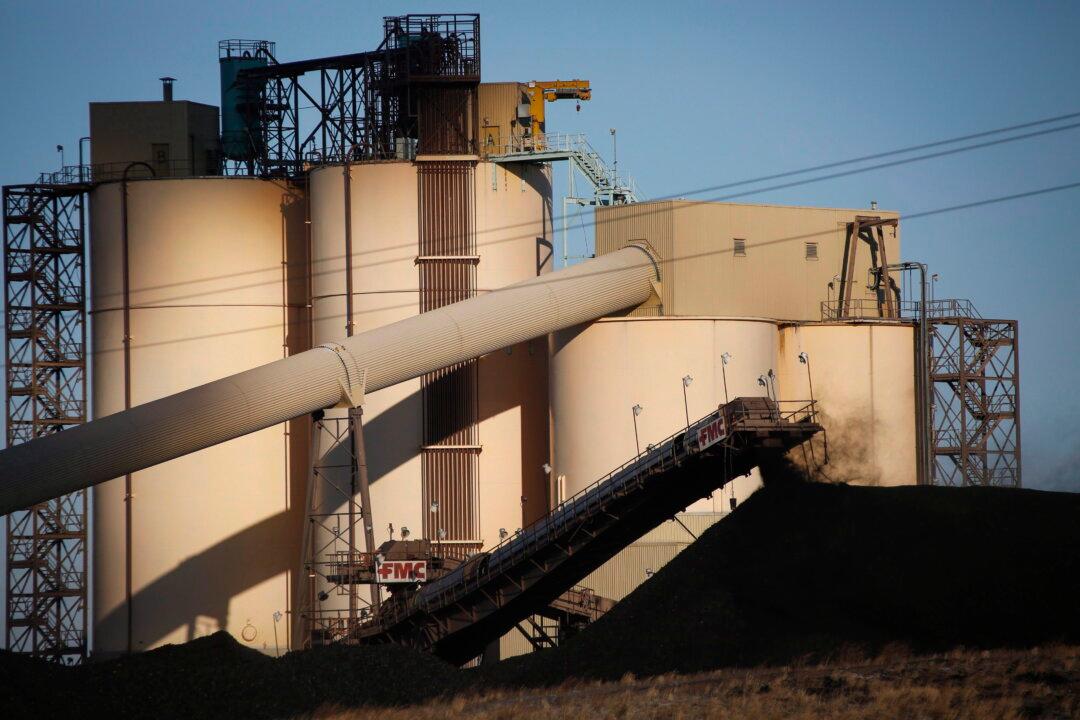Commentary
The climate apocalypse alarmists are looking more than a little discredited with their claims of solar and wind energy’s reliability and low cost, the escalations of global warming, and more frequent extreme weather events.

The climate apocalypse alarmists are looking more than a little discredited with their claims of solar and wind energy’s reliability and low cost, the escalations of global warming, and more frequent extreme weather events.